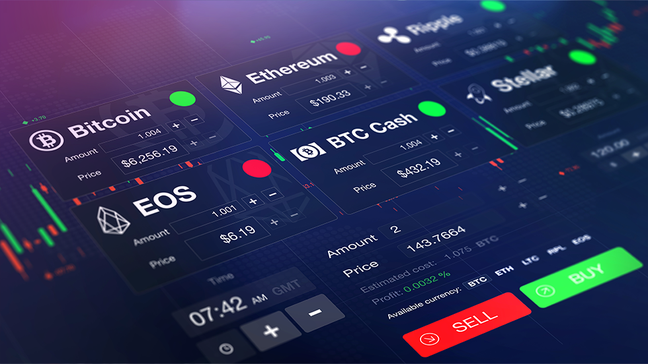
Understanding Crypto Trading Order Types
In the ever-evolving world of cryptocurrency trading, understanding various order types is crucial for both novice and experienced traders alike. Different order types serve different purposes, helping traders manage risk, secure profits, and execute trades in a volatile market. This article delves into the various crypto trading order types and their implications for trading strategies. To explore more about the importance of understanding the market, Crypto Trading Order Types click here.
Market Orders
A market order is an instruction to buy or sell a cryptocurrency immediately at the best available price. This type of order is ideal for traders who prioritize speed over price and want to enter or exit a position quickly. Market orders are typically executed nearly instantaneously, making them suitable for fast-paced trading strategies where timing is critical.
However, market orders can be subject to slippage, meaning that the actual execution price may differ from the expected price due to rapid price movement or low liquidity. Traders using market orders must also be wary of executing large orders in illiquid markets, which can lead to unfavorable execution prices.
Limit Orders
Limit orders allow traders to specify the exact price at which they wish to buy or sell a cryptocurrency. A buy limit order is executed only at or below a specified price, while a sell limit order is executed only at or above a specified price. This type of order is beneficial for traders who want to control the price at which their trade is executed rather than relying on the current market price.
Limit orders can result in missed opportunities if the market does not reach the specified price. However, they can also protect traders from slippage, enabling better risk management. Limit order placement requires a clear trading strategy and price level determination.

Stop Orders
Stop orders are used to mitigate losses and can be quite advantageous for traders looking to manage risk. A stop-loss order is a type of stop order that automatically sells a cryptocurrency when it reaches a specific price, limiting potential losses. Conversely, a stop-limit order triggers a limit order once the stop price is reached, offering more control over the execution price.
While stop-loss orders can protect traders from excessive losses, they also risk being triggered by short-term market volatility, leading to unintentional sell-offs. Traders often use stop orders in combination with other strategies to create a balanced approach to risk management.
Trailing Stop Orders
Trailing stop orders are dynamic and allow traders to lock in profits while still allowing for potential further gains. This type of order sets a stop price at a fixed amount or percentage below the market price, automatically adjusting as the market price moves in the trader’s favor. If the market price then reverses and hits the stop price, the order is executed.
Trailing stop orders are particularly useful in trending markets, as they enable traders to ride profitable trends while protecting against reversals. However, selecting the appropriate trailing distance is critical, as too tight a trailing stop can lead to premature exits.
Fill or Kill Orders

Fill or kill (FOK) orders are a type of limit order that requires the entire order to be filled immediately or not at all. This characterized order is often employed by traders dealing with significant volumes or looking for exact pricing and execution.
While FOK orders can be advantageous for ensuring the execution of a trade at a particular price, they can also result in missed opportunities if there is insufficient liquidity to fill the order. Traders using FOK orders must ensure they are aware of market conditions and liquidity.
Good ‘Til Canceled Orders
Good ‘til canceled (GTC) orders remain active in the market until they are either executed or manually canceled by the trader. This allows traders to enter orders at specific price levels without the need for constant monitoring.
While GTC orders provide convenience, traders must be cautious as prolonged market conditions can result in outdated orders that no longer align with their trading strategy. Periodic review of GTC orders is essential to avoid unexpected executions.
Conclusion
Understanding the different order types available in crypto trading is essential for effective trading strategy formulation. Market orders, limit orders, stop orders, trailing stop orders, fill or kill orders, and good ‘til canceled orders each have unique characteristics that can benefit traders in various ways. By evaluating market conditions and individual trading goals, traders can select the most suitable order types to optimize their trading performance and manage risks effectively.
As the crypto market continues to evolve, staying informed about different trading mechanisms is paramount to making strategic decisions. Whether you are a novice or an experienced trader, utilizing the appropriate order types can help you navigate the complexities of crypto trading.


